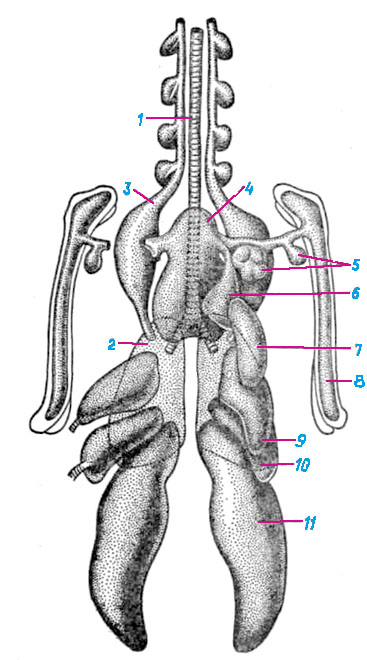Лучевая терапия: литература
Burk RL, King GK (eds): Radiation Oncology. Vet Clin North Am Small Anim Pract 27:1,1997. A series of articles on veterinary radiation oncology. Topics covered include discussion of irradiation of specific tumor types and sites, radiation side effects, and basic principles of radiation biology and physics.
Gillette EL (guest editor): Radiation Oncology. Semin Vet Med Surg (Small Anim) 10:127,1995. A comprehensive series of articles on veterinary radiation oncology, including basic principles, applications, results of therapy, and treatment complications.
Lattimer JC, Corwin LA, StapletonJ, et al: Clinical and clinicopathologic response of canine bone tumor patients to treatmeat with samarium-153-EDTMP. J Nucl Med 31:1316, 1990. Description of the treatment of 40 dogs with primary or metastatic bone tumors treated with one or two doses of the radionuclide samarium-153-EDTMP. Small lesions with minimal bone lysis, metastatic lesions, and axial skeleton lesions generally responded well. Large lesions with minimal bone formation responded poorly. The major side effects were thrombocytopenia and leukopenia, which persisted for as long as 4 weeks after treatment.
Peterson ME, Becker DV: Radioiodine treatment of 524 cats with hyperthyroidism. J Am Vet Med Assoc 207:1422, 1995. Provides the results of subcutaneously administered radioiodine in a large series of hyperthyroid cats. Dose of radioiodine was based on severity of clinical signs, thyroid size, and serum thyroxine concentration. A good response to treatment was documented in 94.2% of the cats.
Smith M, Turrel JM: Radiophosphorus (32P) treatment of bone marrow disorders in dogs: 11 cases (1970-1987). J Am Vet Med Assoc 194:98, 1989. Report of the use of radiophosphorus for the treatment of bone marrow disorders, including eight dogs with polycythemia vera (five responded to a single treatment) and three dogs with essential thrombocythemia (two responded to a single treatment).
Thompson JP, Ackerman N, Bellah JR, et al: l92Iridium brachytherapy, using an intracavitary afterload device, for treatment of intranasal neoplasms in dogs. Am J Vet Res 53:617,1992. A report of the use of brachytherapy in the treatment of eight dogs with nasal cavity tumors. The paper provides a discussion of the details of brachytherapy, including techniques and dosimetry.
